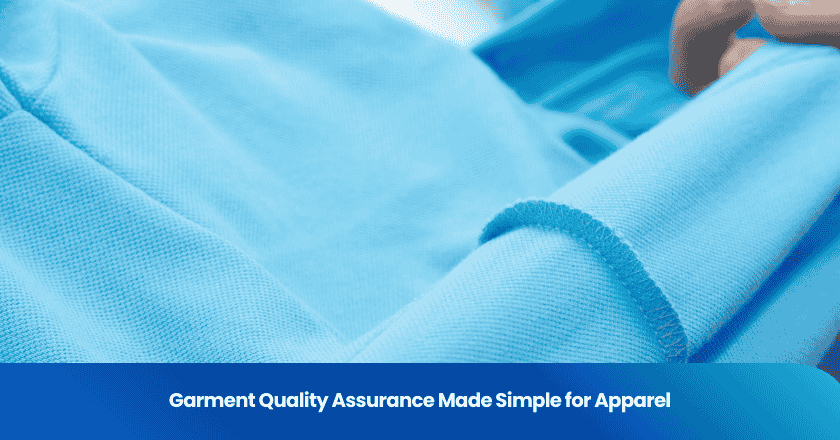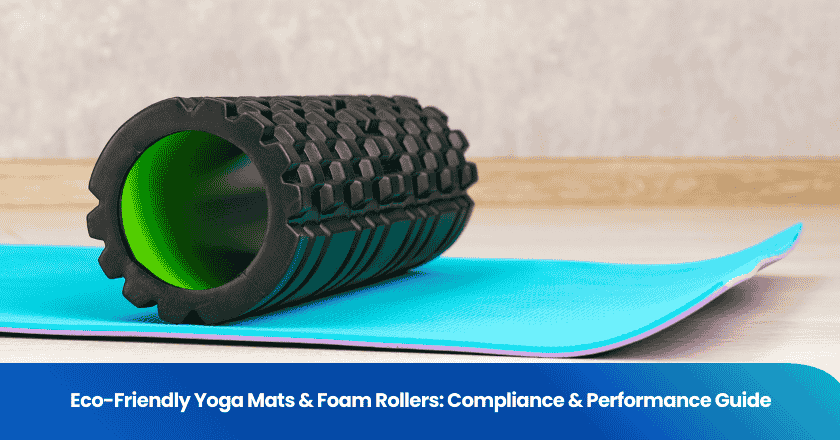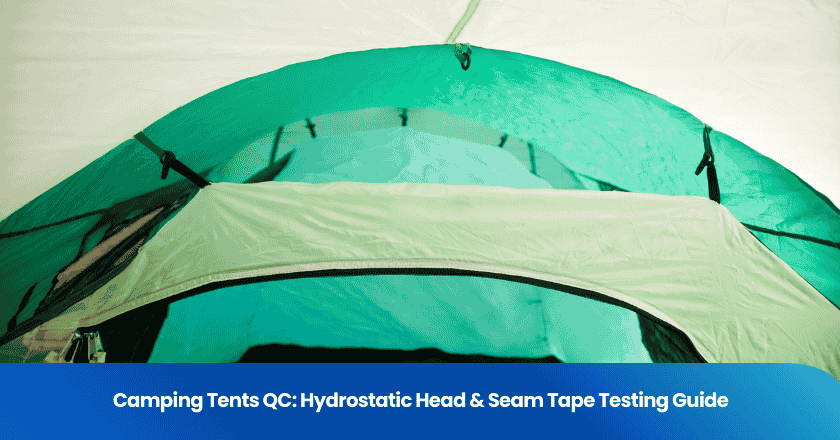
You implement garment quality assurance in the apparel industry through a systematic process that covers every stage of production.
- You develop a quality assurance framework.
- You strengthen quality control efforts.
- You define standards for materials and construction.
- You train employees and collaborate with suppliers.
| Approach | Description |
|---|---|
| Inspection | Visual checks ensure compliance with customer standards. |
| Testing | Physical measurements and defect checks meet quality standards. |
| Sampling | Sample selection detects issues before large orders are placed. |
| Statistical Process Control | Statistical methods monitor quality throughout production. |
| Audits | Independent inspections ensure regulatory compliance. |
Quality assurance process reduces returns and improves customer satisfaction. You play a key role in maintaining assurance at every step.
Key Takeaways
- Establish clear quality standards to guide every step of garment production. Use recognized industry benchmarks to ensure consistency.
- Conduct regular inspections at all stages of production. This helps catch defects early and maintain high product quality.
- Implement rigorous testing and sampling methods. Verify that materials and finished garments meet safety and performance standards.
- Communicate quality requirements effectively to your teams. Regular training and visual aids can reinforce expectations and reduce errors.
- Foster a culture of continuous improvement. Analyze feedback and data to refine processes and enhance garment quality over time.
Quality Assurance Standards
Defining Standards
You set the foundation for garment quality assurance by establishing clear quality standards in the apparel industry. These standards guide every step of your process and ensure consistency. You rely on recognized industry standards to benchmark your products. The following table highlights international standards commonly adopted in the apparel sector:
| Certification/Standard | Description |
|---|---|
| ISO 9001 | Focuses on quality management systems, ensuring organizations meet customer and regulatory requirements. |
| GOTS | Organic certification ensuring products are made from organic fibers and meet environmental and social criteria. |
| Oeko-Tex | Certifies the safety of textiles and leather products at all production stages. |
| SA8000 | Ensures fair labor practices and decent working conditions. |
| WRAP | Promotes safe and ethical manufacturing practices. |
| bluesign | Focuses on resource efficiency and minimal environmental impact. |
| ZDHC | Aims to eliminate hazardous chemicals in the textile production process. |
You define quality standards in the apparel industry by documenting benchmarks and procedures.
- You use checklists, product specifications, and standard operating procedures to record requirements.
- You conduct inspections for garment dimensions, accessories, appearance, labels, and packaging.
- You perform chemical, physical, and performance tests to confirm compliance.
These steps help you maintain assurance and meet expectations for quality at every stage.
Communicating Quality Requirements
You must communicate quality requirements clearly to your production teams. Effective communication ensures everyone understands the standards and follows the process.
Tip: Regular training sessions and visual aids help reinforce expectations and reduce errors.
Follow these best practices to establish clear quality standards and keep your teams aligned:
1. Define quality standards for fabric, stitching, and fit.
2. Review samples and materials before production begins.
3. Inspect garments at key milestones during production.
4. Check finished products before shipment.
5. Assign experienced quality control personnel to oversee inspections.
6. Use technology to track production and monitor quality.
7. Update and improve standards after each production cycle.
You create a culture of quality by sharing requirements and encouraging feedback. This approach strengthens garment quality assurance and supports continuous improvement in the apparel industry.
Garment Quality Inspection
Raw Material Checks
You start garment quality assurance by inspecting raw materials before manufacturing begins. This step ensures that every fabric, trim, and accessory meets high standards for product quality. You implement rigorous inspection protocols in in-house labs or send samples to third-party labs for verification.
- You evaluate fabrics, trims, and components using grading systems and sampling size methods.
- You check for shrinkage, colorfastness, tear strength, and tensile strength.
- You use penalty systems to address any deviations from required specifications.
Note: Early detection of issues in raw materials helps you maintain quality control in apparel fulfillment and prevents costly mistakes later in the process.
In-Process Inspections
You conduct in-process inspections throughout the multi-stage inspection process. These inspections help you identify and correct defects before garments reach the final inspection stage.
Critical defects, such as sharp objects left in garments or toxic chemical residues, can pose safety hazards. Major defects, including fabric holes, loose seams, and mismatched colors, affect the appearance and durability of apparel. You must pay close attention to these issues to uphold manufacturing quality assurance.
| Major Defects | Impact |
|---|---|
| Fabric holes or tears | May be reworked, repaired, or rejected |
| Unstitched or loose seams | Affects durability; may be reworked or rejected |
| Mismatched colors or inconsistencies | Noticeable to customers; may lead to returns |
| Asymmetrical or uneven stitching | Affects aesthetic appeal; may lead to returns |
| Wrong size labeling | Leads to fit issues; may be reworked or rejected |
| Defective zippers, buttons, or fasteners | Affects functionality; may be reworked or rejected |
You also look for structural failures, incorrect labeling, and flammable materials, especially in children’s clothing. Inspection audits during production help you maintain assurance and prevent defects from reaching customers.
Lab Testing and Sampling
You use lab testing and sampling to verify that garments comply with industry standards and buyer specifications.
Physical textile testing measures strength, elongation, and flammability. Chemical textile testing analyzes dye composition and checks for harmful substances. Performance textile testing assesses colorfastness, dimensional stability, and pilling.
You reference standards such as EN ISO 20471 and AS/NZS 1906.4:2023 to ensure garments meet design, durability, and safety requirements.
| Standard | Clause Description |
|---|---|
| EN ISO 20471 | General garment design requirements |
| AS 4602.1:2024 | Design of garments — Class D |
| AS 4602.1:2024 | Design of garments — Class N Levels 1–3 |
| AS 4602.1:2024 | Ensemble garments — Class N-E Levels 2 and 3 |
| AS 4602.1:2024 | Fluorescent background material |
| AS 4602.1:2024 | Attachment to body |
| AS/NZS 1906.4:2023 | Fluorescent color |
| AS/NZS 1906.4:2023 | Non-fluorescent color |
| AS/NZS 1906.4:2023 | Durability |
| AS/NZS 1906.4:2023 | Wet weather performance (optional) |
| AS/NZS 1906.4:2023 | Extended washing performance (optional) |
| AS/NZS 1906.4:2023 | Material care and marking (excluding Clause 4.1) |
Sampling plays a vital role in maintaining consistent garment quality.
- You approve pre-production samples to set benchmarks for mass production.
- You use samples to match designs, colors, and sizing with buyer requirements.
- You conduct comprehensive inspections to ensure compliance with design and quality standards.
- You refine production techniques based on sample feedback, facilitating smooth manufacturing.
Tip: Sampling helps you avoid costly errors and ensures that every batch meets the expectations of your quality assurance system.
You achieve manufacturing quality assurance by combining raw material checks, in-process inspections, and lab testing. This process supports your commitment to preventing defects and delivering apparel that meets the highest standards of product quality.
Product Quality Checks
Final Garment Inspection
You perform final garment inspection to guarantee product quality before shipment. This process involves a series of systematic steps designed to uphold high standards in the apparel industry. You begin by packing the finished goods and preparing a packing list. You submit this list to the buyer’s quality control team for review. You check packing accuracy against the packing list and select cartons and garments using the AQL sampling method. You review the factory’s internal quality report and conduct a button pull test. You evaluate color and shade consistency with wash standards. You fill out the final inspection checklist and compare garments with the QC file. You inspect for visual defects, check fit and measurements, and complete the final inspection report. You evaluate the report and determine if the shipment passes or requires re-inspection. You submit the report to the buyer or upload it to an online system before delivering garments to the shipping port.
Tip: Aim for a final inspection acceptance rate of at least 98%. Keep the typical fail rate below 2% to maintain quality assurance and customer satisfaction.
Pre-Shipment Verification
You conduct pre-shipment verification to confirm that every garment meets product quality requirements. You inspect manufacturing facilities for banned chemicals and safety compliance. You verify shipment quantity against inventory lists and destination details. You use statistical sampling to assess quality and perform safety testing on select products. You check stitch count per inch to ensure adherence to published standards. You inspect machinery for safety and regulatory compliance.
If you identify defects during pre-shipment checks, you halt shipment and assess the issue. You work with suppliers to implement corrective actions and ensure quality control measures are followed. You may rework or repair garments, replace products, or offer price reductions to resolve non-conformances. This approach supports manufacturing quality assurance and strengthens quality control in apparel fulfillment.
Roles and Tools in Quality Assurance
QA Teams and Inspectors
You rely on QA teams and inspectors to maintain garment quality assurance throughout the production process. These professionals examine garments at every stage to verify compliance with industry standards and regulations. You communicate quality concerns to production teams and ensure inspections are thorough and efficient. You assign responsibilities clearly so each team member knows their role in maintaining quality.
You foster accountability by distributing tasks between QA personnel and production staff. This approach supports consistent quality and strengthens assurance in apparel manufacturing.
Key Tools and Methods
You use essential tools and methods to support quality control in apparel fulfillment. Acceptable Quality Levels (AQL) help you assess quality by permitting a standard percentage of major and minor defects. You conduct inspections using checklists that include details such as date, inspector’s name, product description, order quantity, sampling standard, specification sheet, style and color conformity, measurement check, quantity check, marking, packaging, and various tests like pull, fatigue, stretch, and buttonholes.
- Date and location of inspection/quality check
- Inspector’s name
- Report number
- Client
- Supplier
- Product description
- Product order number
- Item number
- Order quantity
- Inspection type
- Sampling standard
- Specification sheet
- Style and color conformity
- Measurement check
- Quantity check
- Marking/label/packaging
- Pull test
- Fatigue test
- Stretch test
- Buttonholes test
- Completion
You select garments for inspection using random sampling. The number of items checked depends on the lot size and inspection level. You use an AQL chart or calculator to determine sample size and acceptable defect numbers. Technical packages guide your team and manufacturer, ensuring alignment at every stage and reducing costly mistakes. Tech packs detail precise measurements and materials, serving as a reference during sampling and bulk production.
Continuous Improvement
You drive continuous improvement by measuring effectiveness with KPIs and data analytics. You analyze return data to identify specific quality issues and target improvements. You use feedback from audits and inspections to refine your process and enhance sustainable clothing production. You encourage open communication and regular reviews to optimize manufacturing quality assurance. This commitment to improvement ensures your apparel meets the highest standards and adapts to changing industry demands.
You achieve strong garment quality assurance in apparel by following systematic steps:
1. Initial production inspections check raw materials.
2. During production inspections maintain standards.
3. Final random inspections verify finished products.
Consistent attention to these processes leads to high product quality, fewer recalls, and greater customer satisfaction. Regular inspections, testing, and compliance drive ongoing improvement. When you invest in robust assurance, you build trust, support sustainability, and secure long-term success in the apparel industry.
FAQ
What is the difference between quality assurance and quality control in apparel?
Quality assurance focuses on preventing defects by setting standards and monitoring processes. Quality control checks finished products for defects. You use both methods to maintain high standards in apparel manufacturing.
How often should you inspect garments during production?
You should inspect garments at every major stage of production. Regular inspections help you catch defects early and maintain consistent quality. This approach reduces the risk of costly errors.
Which tools help you track garment quality?
You rely on checklists, AQL charts, and technical packages to track garment quality. These tools guide your team, document results, and support decision-making throughout the apparel production process.
Why is lab testing important for apparel quality assurance?
Lab testing verifies that materials and finished garments meet safety and performance standards. You use lab results to confirm compliance with regulations and customer requirements.
How do you handle defects found before shipment?
You identify defects, halt shipment, and work with your team to correct issues. You may rework, repair, or replace garments to ensure only high-quality apparel reaches customers.
Grow your business with TradeAider Service
Click the button below to directly enter the TradeAider Service System. The simple steps from booking and payment to receiving reports are easy to operate.




